Impact of Recent Floods on the Channel Country Cattle Industry
Windorah in flood. (Image courtesy of Helen Commens)
In late March, record-breaking floods swept through the Channel Country, prompting significant movement of cattle in and out of the region. While some producers faced devastating losses in livestock and infrastructure, others experienced a transformative late-season boost.
Boulia: A Once-in-a-Lifetime Season
Rick Britton, a beef producer near Boulia, mentioned that this was his third consecutive good season—an unprecedented occurrence in his area. “Our season is a bit like if you went into the ice cream parlour and you got a scoop of every flavor,” he said, expressing optimism about the future.
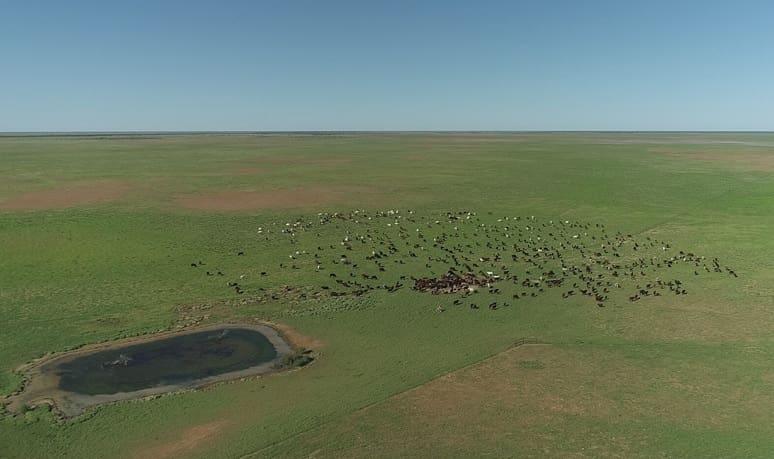
(Image supplied: Ann Britton) 850 head of cattle near Boulia in April 2025.
Reflecting on past seasons, Mr. Britton compared the current conditions to those of the 1970s, noting the rarity of such favorable weather patterns. Keen to allow his pastures to recover, he expressed enthusiasm for upcoming spring and summer seasons.
Bedourie: Shifting Cattle in the Channel
The North Australian Pastoral Company (NAPCo), which oversees multiple properties in the region, faced challenges ahead due to the previous unusually hot summer. General Manager Steve Drury indicated that without recent rainfall, the cattle industry would have entered a tough season.
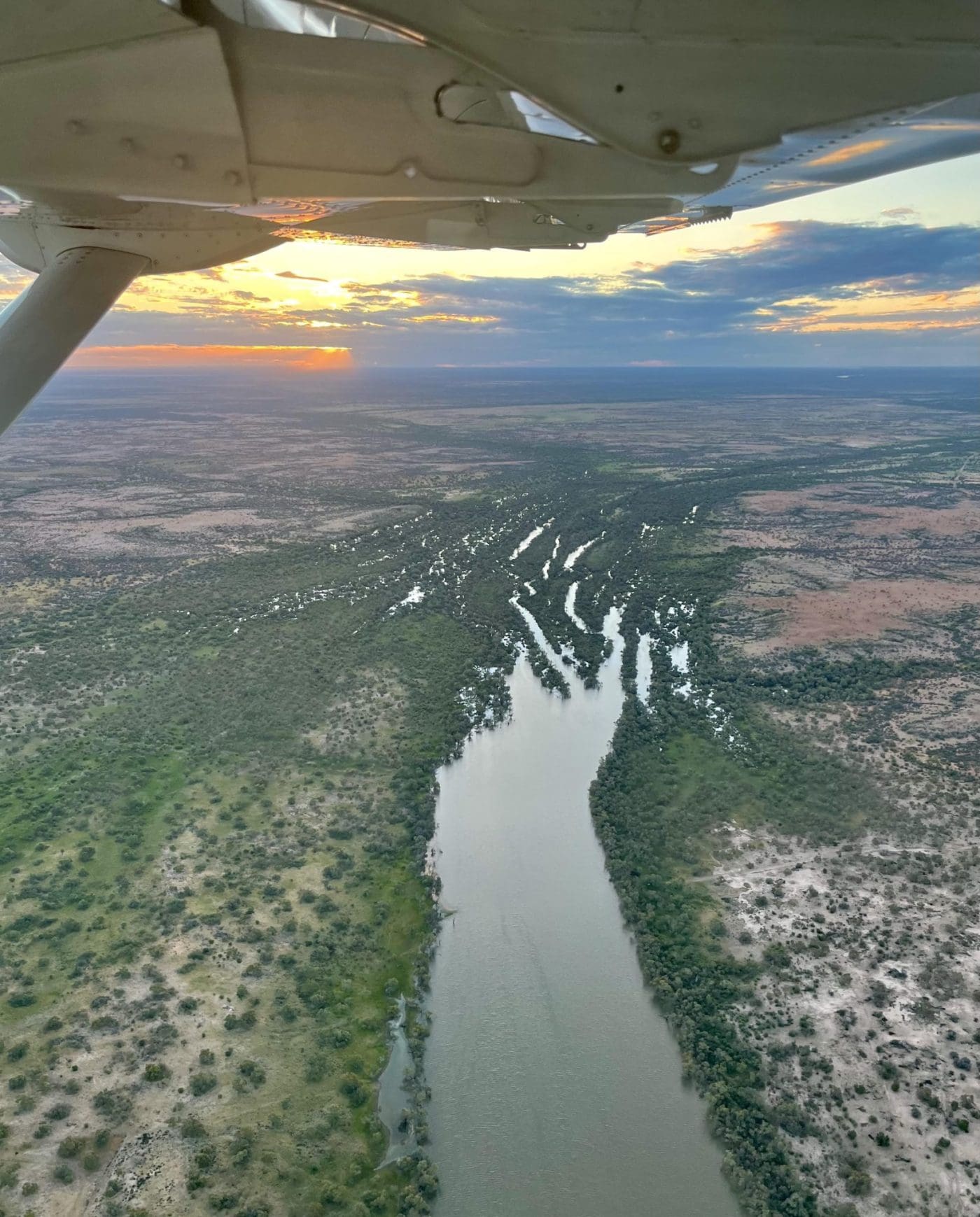
Monkira in flood.
“Now the season is fantastic; you couldn’t have painted a more perfect picture for us,” he noted. Despite challenges, the late rain provided much-needed relief and he emphasized the importance of sustainable grazing practices to maintain the health of the channels.
Birdsville to Innamincka: OBE’s Long Haul to Processors
For Anthony Brook, Director at OBE Organic, the rain and flooding have resulted in the best season in over a decade. He reported varying rainfall across his properties, revealing the inconsistencies in the season’s benefits.
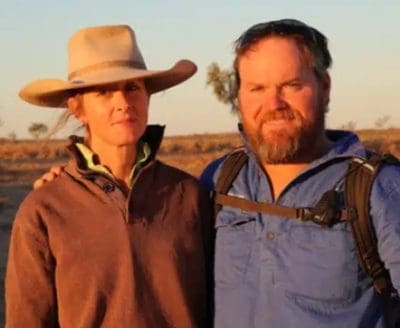
Janet and Anthony Brook.
However, logistical challenges remain in moving cattle due to closed roads impacted by floodwaters. Brook is currently navigating these challenges to maximize the benefits of the season.
Windorah, Thargomindah, Quilpie: Devastating Losses
Conversely, Dude Kidd, a producer from Windorah, is faced with significant obstacles following the floods, including damaged fences and lost cattle. Nonetheless, he remains hopeful about the season’s potential, noting that young cattle could gain as much as 2kg a day.
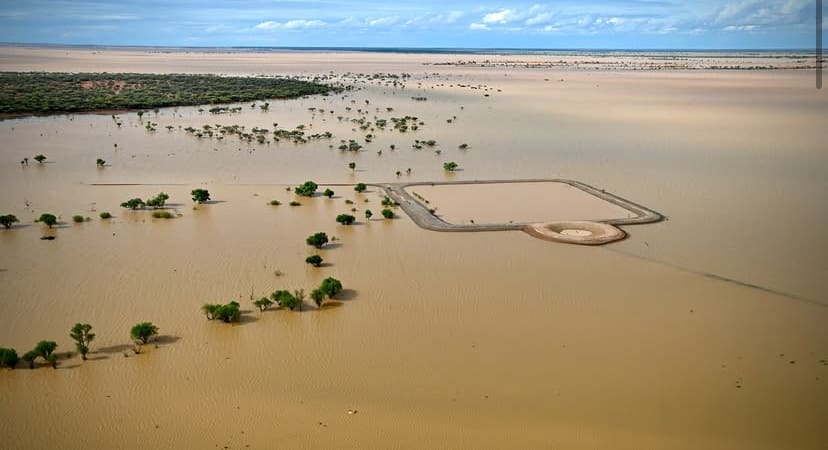
(Image supplied: Helen Commens) Windorah flood March 2025.
The state of Queensland has experienced vast disparities in flood effects, with some producers achieving bounteous seasons while others face destruction. Stuart Mackenzie, Recovery Coordinator, highlighted the wide-ranging impact while noting that some properties are expected to take up to two years to recover fully.
A Growing Opportunity for Fencing Contractors
With the significant need for rebuilding, Mr. Mackenzie emphasized the expanding market for fencing contractors. Government support is available, including a $105 million package for exclusion fencing and grants for primary producers.
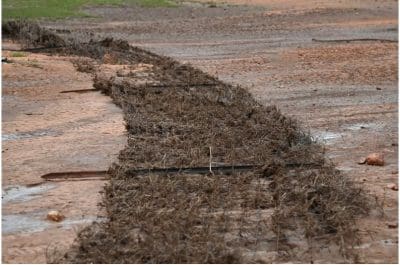
(Image supplied: Helen Commens) Flood impacted fence near Windorah.
He suggested that the immense fencing needs present a perfect opportunity for contractors looking to further their businesses during this recovery period.
The Need for Road Funding
Flood events this year have underscored the urgent requirement for sealing the remaining stretch of the Eyre Development Road to improve access during future floods. Mayor Franis Murray voiced strong support for this initiative, emphasizing its importance for both agricultural and tourism sectors.
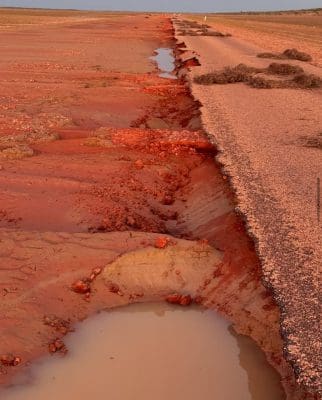
(Image supplied: Helen Commens)
With significant cattle movements anticipated following the flood recovery, if road infrastructures are not improved, the workflow for the cattle industry could be severely hampered.
Channel Country Turnoff Expectations
Processors expect that turnoff from the Channel Country will be delayed this year, with some cattle still grazing in paddocks that have only recently dried out. It is likely that larger volumes of cattle will begin to appear in processor kills by September and October.
The prevailing conditions promise a unique opportunity for grass-fed finished ox within the fourth quarter of the year.
This article has been structured using appropriate HTML tags for clarity and effective SEO practices, ensuring it can be easily integrated into a WordPress site while maintaining readability and visual appeal.



